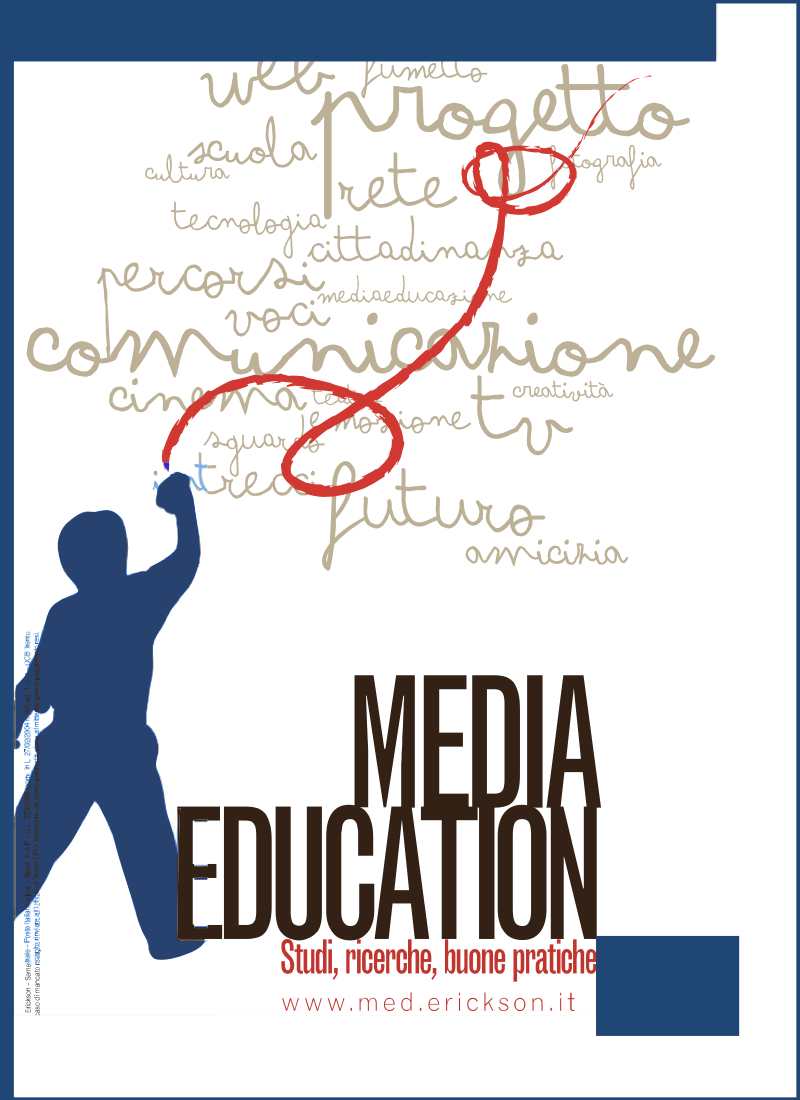INTEGRATING MOBILE DEVICES INTO LANGUAGE LEARNING TO MEET THE 21ST CENTURY EDUCATIONAL CHALLENGES
Published 2020-05-01
Keywords
- CLIL, Computer Assisted Language Learning, Mobile Assisted Language Learning
Abstract
This paper focuses on the value added by digital and mobile learning to the development of language competences and to the teaching/learning of subject content in a foreign language through CLIL methodology (Content and Language Integrated Learning). The European Commission recommends CLIL as one of the most innovative strategies for the modernization of our education and training system. It has been successfully experimented in most European countries (Eurydice, 2012). This paper makes reference to a report recently published by the European Commission (2014a), that focuses on the link between CLIL, CALL (Computer Assisted Language Learning) and MALL (Mobile Assisted Language Learning). A brief literature review cites research in the field of digital and mobile learning and considers some different theoretical models and acronyms with the aim of outlining the potential of technologies in improving students’ learning outcomes and the challenges that technologically-based teaching pose for teachers.
As an example of good practice, a European project called Creative Classroom Labs, on behalf of European Schoolnet (http://www.eun.org), is noted and described. The project, carried out in an Italian school, piloting the project, makes a significant contribution to the use of tablets in schools and discusses how tablets can support new learning approaches and scenarios, such as content creation, collaborative learning, personalized learning and flipped classrooms, integrating content, language, digital and socio-collaborative dimensions.

